11 SWANA Books and Graphic Novels You Need on Your TBR
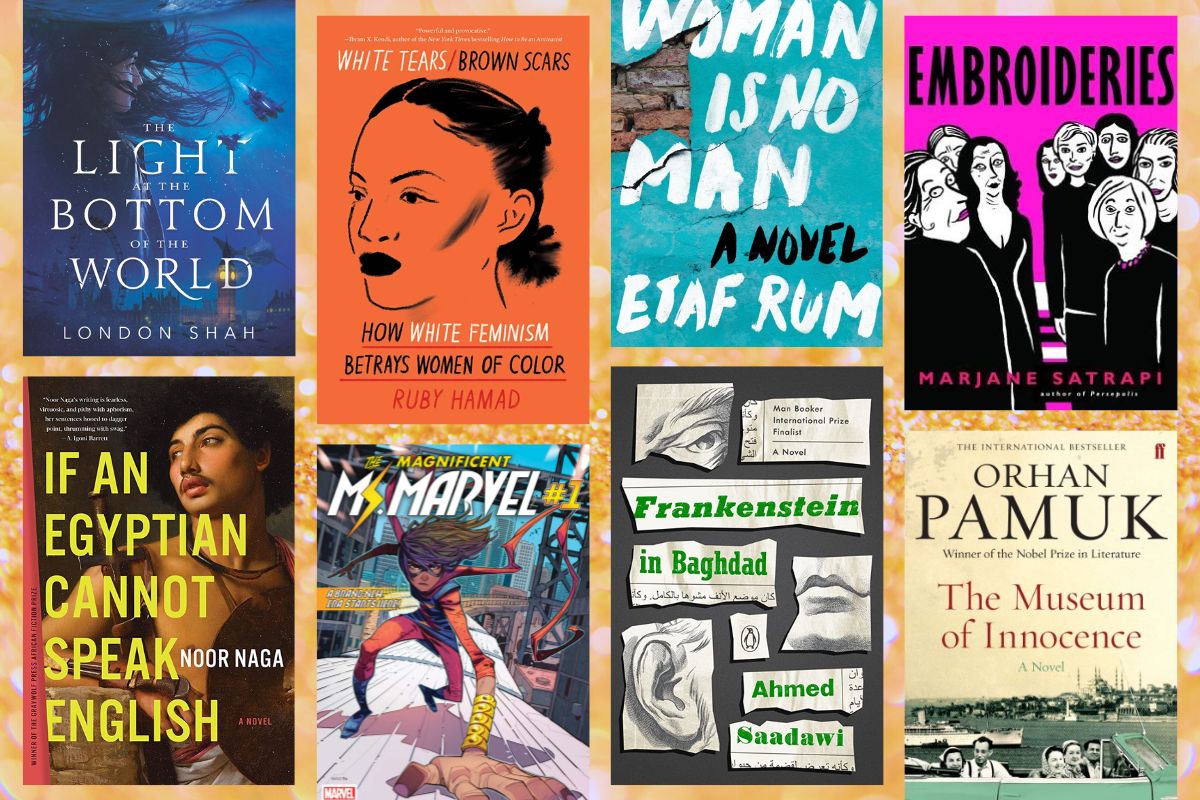
Last weekend marked the end of Arab Heritage Month, a.k.a. South West Asia & North African (SWANA) Heritage Month. Known as the bedrock of civilization, the SWANA region is tied together by historical, geographical, and cultural bonds. While the month has ended and Asian Pacific Islander Heritage Month starts in May, I wanted to share some of my favorite books centering SWANA voices and heritage. This is not just because diverse reading is vital year-round, well beyond specific months, but because there are many cultural ties between these vast regions due to trade and history.

Among these are some of my favorite books of all time, but certainly not all the stories I’ve loved from SWANA authors. Like authors of any cultural background not my own, I’ve found a lot to learn, experience, and find connections with among their stories, and because my To Be Read list is a mile long, I’ll also share some of my most anticipated reads under those same parameters. Across these books and graphic novels, there’s romance, memoirs, science-fiction, and more.
If an Egyptian Cannot Speak English by Noor Naga

If you read my favorite books of 2022, this will be of no surprise. This 208-page literary fiction novel shows the romance and fallout of two people in a post-2016 world through alternating chapters. One is a young, college-educated Egyptian-American woman taking a pilgrimage to the home country of her immigrant parents. The other perspective is a destitute man trying to find a reason to live after facing a soul-crushing return to the status quo following Egypt’s own Arab Spring. The three dozen pages that are Act III are very polarizing, and it’s an uneasy ride reflecting on racism, feminism, colonialism, and class.
I Was Their American Dream: A Graphic Memoir by Malaka Gharib
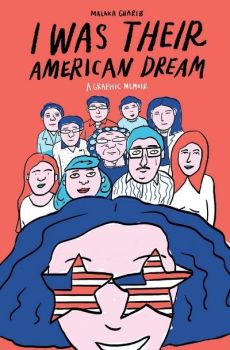
This is another book I’ve talked about before, but not in a place most readers would expect. This graphic novel memoir (which is my favorite highly specific sub-genre) traces the childhood and young adulthood of author Malaka Gharib. She reflects on what it was like growing up Filipina-Egyptian American and immigrant child in a white-dominant American culture—someone who grew up to be an NPR cartoonist and journalist!
A Woman Is No Man by Etaf Rum

It’s been a few years since I read this novel, but BookTuber Books Are My Social Life did a reading vlog, and I felt a rush of memories from my first time with this novel—not just of the elements that I enjoyed, but of the discomfort of reading a narrative that takes a critical look at how some enforce patriarchy through religion—in this case, Islam. The novel follows how women police one another through two generations of Palestinian families. Mostly in Brooklyn, the novel spans from 1990 and 2008.
White Tears/ Brown Scars: How White Feminism Betrays Women of Color by Ruby Hamad
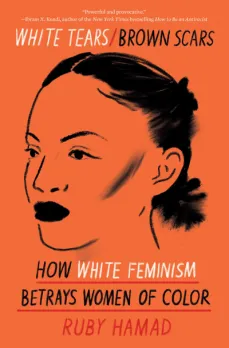
Since her words lit the internet on fire several years ago, we’ve covered the work of Arab Australian writer Ruby Hamad. This book, published a few years later, is a collection of her thoughts and how white feminism has harmed women of color globally. This book was published right before Central Park Karen and put history to white women’s tears as a weapon. Hamad talks about the concept of objectivity and pulls in how so-called “objective” journalism has resulted in lynchings and massacres. Additionally, Hamad unpacks her own privilege as a Lebanese woman, sometimes seen as white depending on her surroundings.
Magnificent Ms. Marvel by Saladin Ahmed with Minkyu Jung

Okay, this is volume one, but read all three! It starts off very strong and finishes even better. The main series where Kamala Khan, a.k.a. Ms. Marvel, was introduced was good, but this right here, by Eisner award-winning author Saladin Ahmed (of Black Bolt and Abbott), is what made me fall in love with her. The story follows a New Jersey-based Pakistani American teenager and omega Avengers fan ending up with superpowers. I know some people don’t like crossover events, but after reading this, it’s worth checking out Champions Vol. 1: Outlawed (this collects issues #1-5) by Eve Ewing.
Full titles to check out: Magnificent Ms. Marvel Vol 1. Destined, Vol. 2 Stormranger, and Vol. 3 Outlawed!
— Now, on to works I can’t wait to read! —
Embroideries by Marjane Satrapi with Anjali Singh

I know some people were probably like where’s Persepolis?! I loved the coming-of-age graphic novel, but it gets a lot of love as is (and hate, in terms of book bans). After reading the book and watching the movie, I really want to read some of Satrapi’s other work! Embroideries was the next translated work (most of her work publishes in French). More adult than Persepolis, this novel features intimate conversations about sex and gender politics in post-revolution Iran. It probably pairs well with Jane Deusart’s Iranian Love Stories, which covers some decades later.
Frankenstein in Baghdad by Ahmed Saadawi, translated by Jonathan Wright
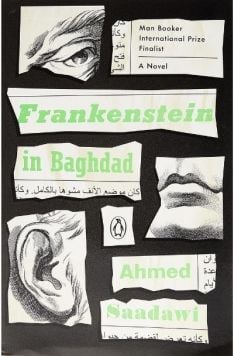
Of all the books on this related list, the one that I still have yet to read and still need to is this retelling of the first work of science fiction ever. That is Mary Shelley‘s Prometheus, a.k.a. Frankenstein. Set in a U.S.-occupied Bagdad, one man scavenges for body parts. When one goes missing, rumors of a bullet-proof human-esque beast travel across town. This sounds like such an exciting retelling and just as politically charged. This horror read needs to be picked up ASAP before the film rights are snapped up!
Black Foam by Haji Jabir, translated by Sawad Hussain & Marcia Lynx Qualey

I first read about this book in The New Arab a few weeks back and have thought about it very frequently ever since. I don’t want to spoil too much, but it centers on a Black man who passes through many identities as he leaves a war for independence as a refugee. Refugee narratives that end in Europe and the Americas capture “The West’s” attention. However, this novel appears never to leave the region, as the main character moves from Eritrea to Ethiopia before arriving in Israel. In each place, you learn about the invisible labors and how racism manifests in other regions.
The Light at the Bottom of the World by London Shah
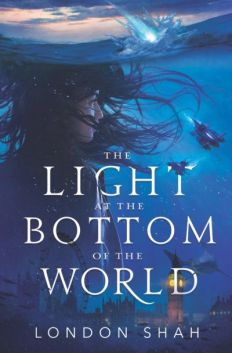
Of fantastical worlds that normalize Islam, this YA novel is the most commonly praised, set in a near-future and very submerged London. Leyla McQueen joins a submersible race in the hope of freeing her falsely imprisoned father. Between the competition and government corruption, there’s no telling what will happen in this duology.
When We Were Arabs: A Jewish Family’s Forgotten History by Massoud Hayoun
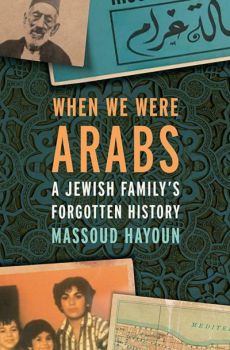
Almost as interesting as words being a new marker for self-identification is how a single identity can shift over time. This memoir explores that with the identities of “Arab” and “Jew” through a family history spanning decades and across three continents.
The Museum of Innocence by Omar Pamuk

At over 500 pages (and not being SFF), this is a daunting read. However, it remains a point of fascination to me because I first learned about the book after learning about the actual, physical Museum of Innocence. This institution was constructed alongside the novel and serves as a statement that’s both a love of Istanbul and an almost rebuke of what is now considered a “traditional museum.” The book is a literary romance about two people across very different classes.
(featured image: images owned by respective publishers, collage by Alyssa Shotwell)
The Mary Sue may earn an affiliate commission on products and services purchased through links.
Have a tip we should know? [email protected]
